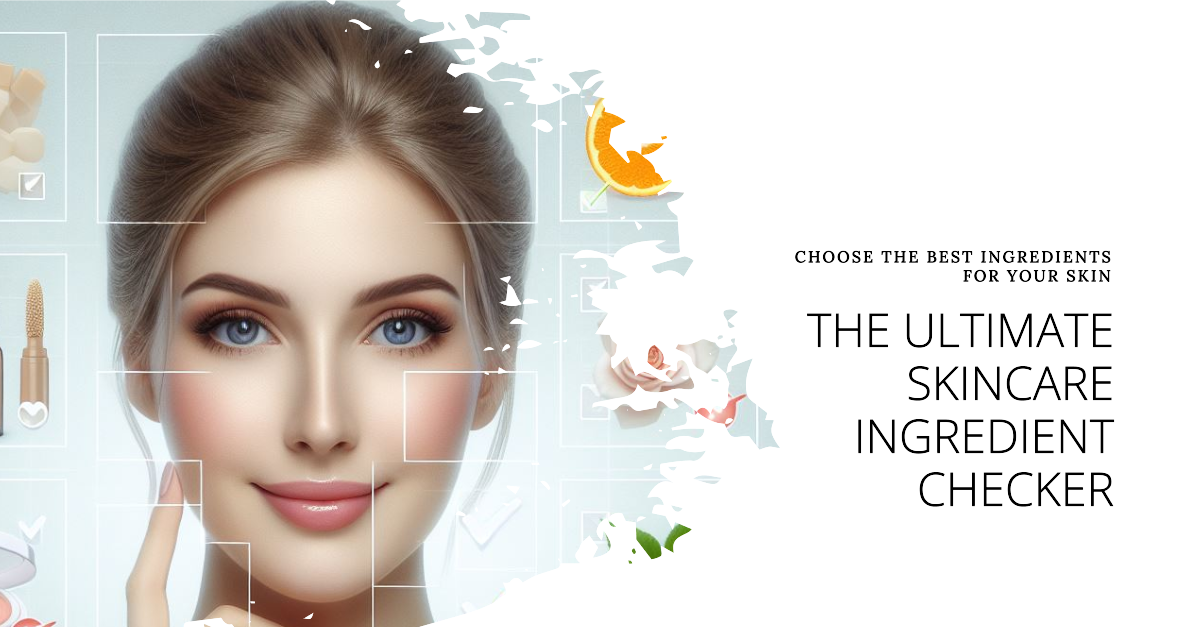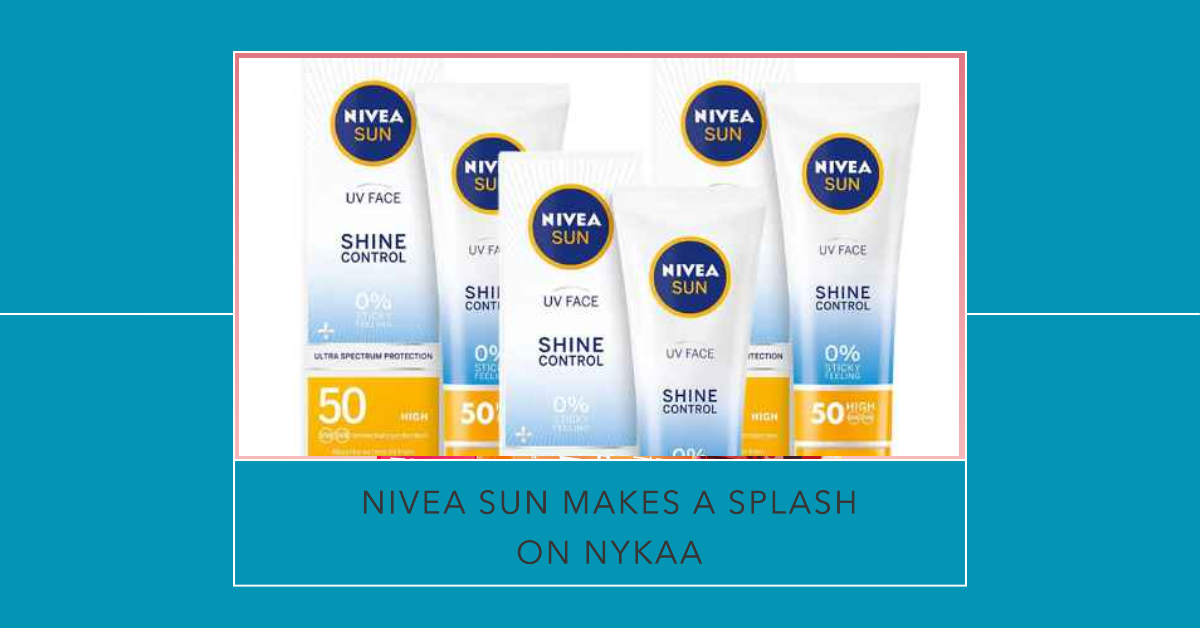Dark spots, hyperpigmentation, acne scars – they’re the bane of many people’s existence when it comes to achieving clear, radiant skin. But what if there was a solution that could effectively fade these imperfections and unveil a smoother, more even complexion? Enter azelaic acid.
In This Article
The Origins of Azelaic Acid
Azelaic acid occurs naturally in grains like barley, wheat, and rye. It boasts a plethora of benefits for the skin, making it a versatile skincare ingredient suitable for various skin types and concerns.
The Science Behind Azelaic Acid’s Efficacy
1. Skin Cell Turnover Regulation
One of the key benefits of azelaic is its ability to regulate skin cell turnover. By gently exfoliating the skin’s surface, it helps to slough off dead skin cells, revealing a fresher, more luminous complexion underneath. This not only helps to fade dark spots and acne scars but also prevents future breakouts by keeping the pores clear of debris and impurities.
2. Anti-inflammatory Properties
Moreover, azelaic is renowned for its anti-inflammatory properties, making it an ideal choice for those with sensitive or acne-prone skin. It works to calm redness and irritation while also inhibiting the growth of acne-causing bacteria. This dual-action approach makes it an effective treatment for both active breakouts and the lingering marks they leave behind.
3. Antioxidant Benefits
In addition to its exfoliating and anti-inflammatory properties, azelaic also boasts antioxidant benefits. This means that it helps to neutralize free radicals in the skin, which can cause premature aging and environmental damage. By incorporating this ingredient into your skincare routine, you’re not only addressing existing concerns but also protecting your skin from future damage.
Azelaic Acid: The Ultimate Multitasker
But perhaps the most impressive aspect of this kincare ingredient is its ability to target multiple skin concerns simultaneously. Unlike some skincare ingredients that only address one issue, azelaic acid is a multitasking marvel. Whether you’re dealing with acne, hyperpigmentation, or uneven skin tone, azelaic can help to improve your complexion on all fronts.
How to Incorporate Azelaic Acid Into Your Skincare Routine
When it comes to incorporating azelaic into your skincare routine, there are several options to choose from. Many skincare brands offer azelaic in the form of serums, creams, or gels, making it easy to find a product that suits your preferences and needs. It’s important to start slowly and patch test any new products to ensure compatibility with your skin.
Application Tips
When applying azelaic acid, it’s essential to follow the instructions provided by the manufacturer. Typically, a pea-sized amount is sufficient to cover the entire face, and it should be applied after cleansing and toning but before moisturizing. For best results, use azelaic consistently as part of your daily skincare regimen.
Exploring the Power of Azelaic Acid in Skincare
Azelaic acid is a multitasking skincare ingredientthat can be beneficial for treating various skin concerns. Let’s delve into the details:
What Causes Dark Spots on the Skin?
1. Hyperpigmentation:
Hyperpigmentation refers to spots or patches on the skin that are darker than your natural skin tone.
Common types of hyperpigmentation include:
- Post-inflammatory hyperpigmentation (PIH): These dark spots appear after an inflammatory event, such as acne. Inflammation triggers increased melanin production, resulting in PIH.
- Sunspots(also known as age spots or liver spots): These occur later in life due to prolonged sun exposure.
2. Melasma:
Symmetrical hyperpigmentation on the face, often triggered by factors like sun exposure, hormones (such as birth control), and pregnancy (1).
What Is Azelaic Acid?
Azelaic acid is a naturally occurring dicarboxylic acid found in barley, wheat, and rye. It is synthetically formulated for use in skincare products.
Benefits:
- Treats acne: Azelaic helps unclog pores, treats bacteria and fungus associated with acne, and reduces redness.
- Fades dark spots: It’s effective forpost-inflammatory hyperpigmentationandmelasma.
- Rosacea treatment: Azelaic is also used to manage rosacea (2).
How Does Azelaic Acid Work?
- Itblocks an enzyme called tyrosinase, which is necessary for melanin production.
- Over time, it replaces dark cells with fresh new cells, leading to a more even skin tone.
Takeaway: Embrace Radiant Skin with Azelaic Acid
Azelaic acid is a game-changer when it comes to fading dark spots and achieving a clearer, more even complexion. Its exfoliating, anti-inflammatory, and antioxidant properties make it a powerhouse ingredient for addressing a wide range of skin concerns. Whether you’re struggling with acne, hyperpigmentation, or uneven skin tone, azelaic can help you achieve the glowing skin of your dreams. So why wait? Try azelaic acid today and say hello to flawless, radiant skin.
Remember, always consult with a medical provider for personalized advice. If you’re considering using azelaic acid, start with a patch test and gradually incorporate it into your skincare routine.











